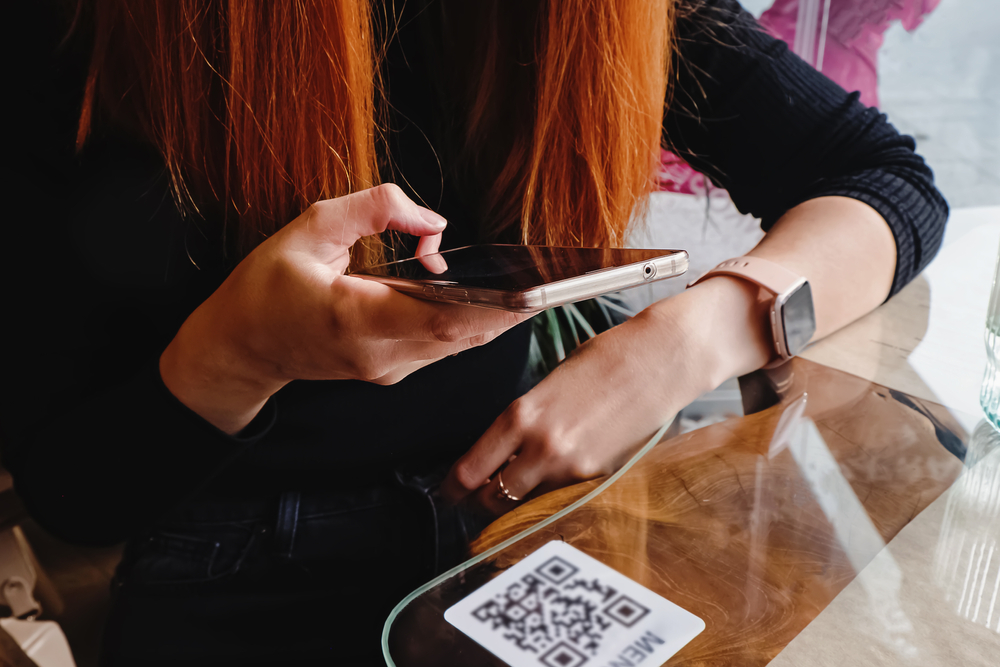Restaurants and the food service industry as a whole were hit hard by the lockdowns. According to researchers from Penn State University, among the small and medium-sized businesses that were hit the hardest, restaurants were the first to close their doors. In many cases, they never opened for business again.
Those that survived did so because they were able to deploy alternative service models and capabilities. In our area alone, we saw steakhouses turned into dedicated drive-through establishments. Fast food establishments that had a drive-through didn’t have much trouble with this. But sit-down restaurants located in strip malls where setting up curbside and drive-around service was impossible simply died, with many shuttering their business in the summer of 2020.
Those that survived were either exempted from restrictions or acted quickly to serve customers in other ways. Among the many ways these hard-scrabbling establishments skirted the lockdowns, technology is a running theme.
Leveraging Tech to Survive in a Post-Pandemic Economy
Social distancing, masking, and full-on lockdowns are anathema to restaurants. Add to that the fear many customers have of infection, and you have a perfect recipe for the decimation of an industry. Here are a few ways information technology made it possible for some to weather the storm.
Kiosks
Like self-checkout in supermarkets, kiosks featuring automation suffered from being perceived as impersonal. But as restrictions were put in place, and as establishments started losing workers, the kiosk made it possible to continue serving customers in many cases. Their ability to come in many sizes and offer a range of digital capabilities makes them especially useful.
Enhanced Digital Signage
With added digital security, and with more and more widespread use, digital signage services have become more and more normalized. This made it possible to eliminate the handling of pens and recipes, giving customers a greater sense of security from contagion. Digital signage became a standard where touchless transactions were made necessary.
Online Ordering
The ability to order online made curbside and drive-through pickup much more sensible. Customers would order online and by the time they made it to the curb or window, their food would be ready. This has been a revolution in terms of customer experience and pairing it with Uber-style delivery makes online ordering one pandemic-related change that is here to stay.
Guest Wifi
With the uptick in information-tech-driven change, guest wifi has become a must-have for eateries of every kind. Customers increasingly need it, and more and more, they expect it.
Pay-at-Table
Customers have always had trouble knowing whether they should wait at their table or walk up to the register. With digital point-of-purchase devices installed at the table, this problem is simply vanishing. Over the next decade, we expect it to become an industry standard.
Of course, these examples are simply the most prominent and life-saving tech-driven capabilities that may have saved the restaurant industry from complete dissolution. It is not a complete list and some unique businesses made great use of AI, back-of-house tech, inventory management, and more. We look forward to seeing how these trends develop and what’s next in the years to come.

